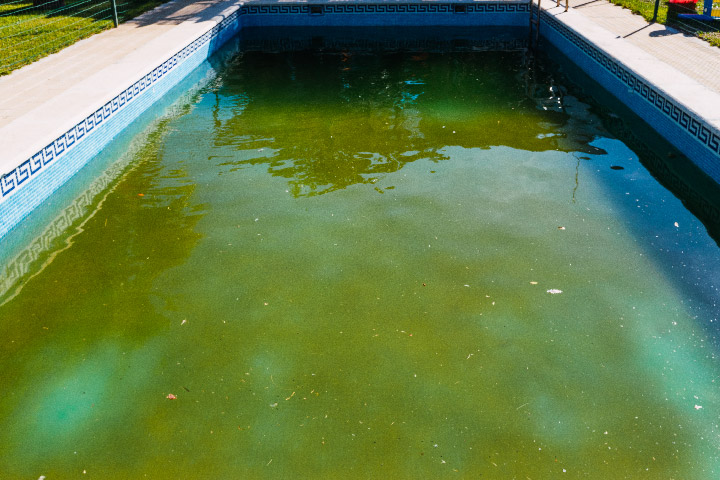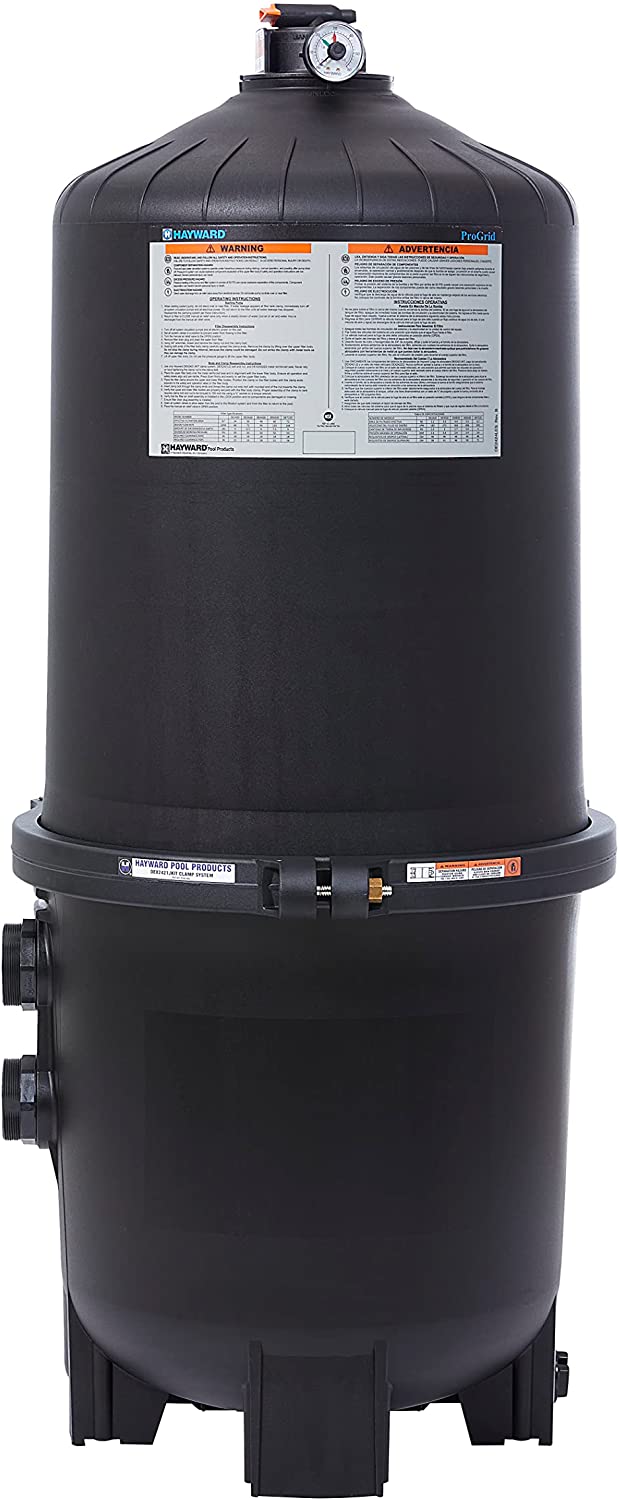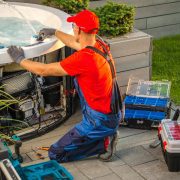
Battling the Slip & Slide: Tackling Slimy Pool Walls
You step into your pool, hoping for a relaxing swim, but instead, you’re met with a slippery sensation under your fingers. Slimy pool walls can quickly turn your refreshing oasis into a less-than-inviting space. Let’s dive into what causes these slimy invaders and how to effectively show them the exit.
1. Why Are My Pool Walls Slimy?
The prime culprits behind slimy pool walls are:
- Algae Growth: The most common reason. Algae spores can find their way into your pool through wind, rain, or even contaminated pool tools. Once they take hold, they can quickly multiply, forming a slimy layer.
- Improper Chemical Balance: A pool with imbalanced chemicals, particularly low chlorine levels, can become a breeding ground for algae and bacteria.
- Biofilm: This is a collection of microorganisms that stick to each other on a surface. It can be a precursor to algae and, if not treated, might lead to persistent algae problems.
2. Curing Slimy Pool Walls:
a. Scrub-A-Dub-Dub: Grab a pool brush and scrub the walls. This physical agitation breaks up the algae or biofilm, making it easier for pool chemicals to act on them.
b. Shock Treatment: Using a good quality pool shock, preferably with a high concentration of chlorine, can effectively kill off algae and bacteria. Follow the manufacturer’s instructions for dosing and ensure the pool pump is running to distribute it evenly.
c. Adjust Your Chemical Levels: Regularly test and adjust the chemical levels in your pool. Ensure chlorine levels are within the recommended range, typically between 1-3 parts per million (ppm).
d. Use an Algaecide: If algae are the primary problem, consider adding an algaecide to your pool maintenance routine. This will help prevent future outbreaks.
e. Filter Maintenance: A clean filter is critical. Backwash or clean the filter regularly to ensure it’s catching all the debris and dead algae.
f. Consider Phosphate Removers: Algae feed on phosphates. Using phosphate removers can starve and reduce algae growth.
3. Preventing Future Slippery Encounters:
a. Regular Maintenance: Consistent pool maintenance, including brushing the walls and floor at least once a week, can keep algae and biofilm at bay.
b. Balanced Chemicals: Regularly test the pool water and adjust chemical levels as necessary. Keeping the water balanced prevents the growth of unwanted microorganisms.
c. Pool Circulation: Ensure your pool pump and filter are running efficiently. Good water circulation helps distribute sanitizing chemicals evenly and prevents algae growth.
d. Check Surroundings: Overhanging trees or shrubs can drop leaves into the pool, providing organic matter for algae to feed on. Regularly clear out leaves and debris from the pool.
Conclusion:
Slimy pool walls might feel like a huge setback, but with the right knowledge and tools, it’s an issue that can be addressed head-on. Remember, prevention is the best cure. By maintaining a clean, chemically balanced pool, you can ensure that every swim is a smooth experience, free from the unexpected slimy surprise!




